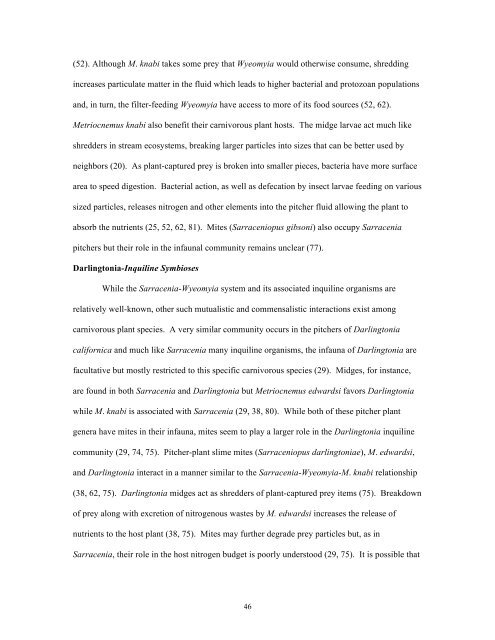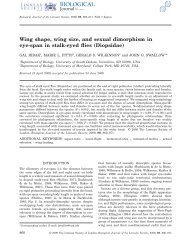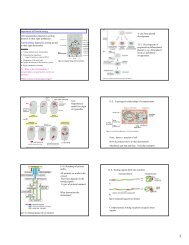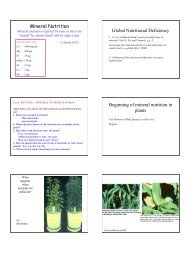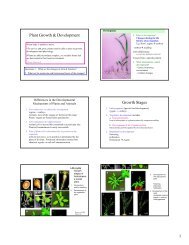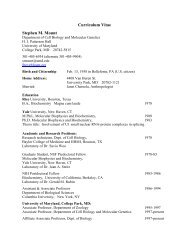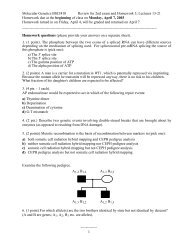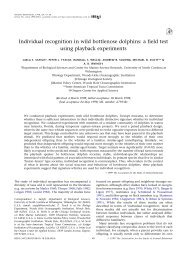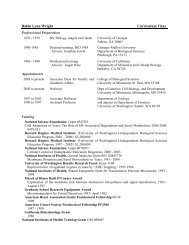Carnivorous Plants and Their Prey
Carnivorous Plants and Their Prey
Carnivorous Plants and Their Prey
Create successful ePaper yourself
Turn your PDF publications into a flip-book with our unique Google optimized e-Paper software.
(52). Although M. knabi takes some prey that Wyeomyia would otherwise consume, shredding<br />
increases particulate matter in the fluid which leads to higher bacterial <strong>and</strong> protozoan populations<br />
<strong>and</strong>, in turn, the filter-feeding Wyeomyia have access to more of its food sources (52, 62).<br />
Metriocnemus knabi also benefit their carnivorous plant hosts. The midge larvae act much like<br />
shredders in stream ecosystems, breaking larger particles into sizes that can be better used by<br />
neighbors (20). As plant-captured prey is broken into smaller pieces, bacteria have more surface<br />
area to speed digestion. Bacterial action, as well as defecation by insect larvae feeding on various<br />
sized particles, releases nitrogen <strong>and</strong> other elements into the pitcher fluid allowing the plant to<br />
absorb the nutrients (25, 52, 62, 81). Mites (Sarraceniopus gibsoni) also occupy Sarracenia<br />
pitchers but their role in the infaunal community remains unclear (77).<br />
Darlingtonia-Inquiline Symbioses<br />
While the Sarracenia-Wyeomyia system <strong>and</strong> its associated inquiline organisms are<br />
relatively well-known, other such mutualistic <strong>and</strong> commensalistic interactions exist among<br />
carnivorous plant species. A very similar community occurs in the pitchers of Darlingtonia<br />
californica <strong>and</strong> much like Sarracenia many inquiline organisms, the infauna of Darlingtonia are<br />
facultative but mostly restricted to this specific carnivorous species (29). Midges, for instance,<br />
are found in both Sarracenia <strong>and</strong> Darlingtonia but Metriocnemus edwardsi favors Darlingtonia<br />
while M. knabi is associated with Sarracenia (29, 38, 80). While both of these pitcher plant<br />
genera have mites in their infauna, mites seem to play a larger role in the Darlingtonia inquiline<br />
community (29, 74, 75). Pitcher-plant slime mites (Sarraceniopus darlingtoniae), M. edwardsi,<br />
<strong>and</strong> Darlingtonia interact in a manner similar to the Sarracenia-Wyeomyia-M. knabi relationship<br />
(38, 62, 75). Darlingtonia midges act as shredders of plant-captured prey items (75). Breakdown<br />
of prey along with excretion of nitrogenous wastes by M. edwardsi increases the release of<br />
nutrients to the host plant (38, 75). Mites may further degrade prey particles but, as in<br />
Sarracenia, their role in the host nitrogen budget is poorly understood (29, 75). It is possible that<br />
46


